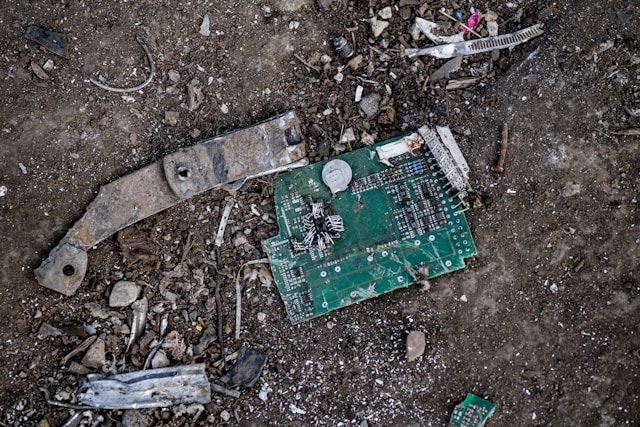The rate at which technology is changing has led to a massive amount of electronic waste being produced. The best way to get rid of these devices is to recycle them. Recycling electronics keeps harmful materials like lead or mercury out of landfills. It also helps to conserve the resources used to make new electronic devices.
Recycled Materials
Electronics like cell phones still require resources to produce. Those materials can be recycled through proper electronic recycling, and those resources will then be available for future use in creating new devices. Recycling electronic waste starts with dismantling the device into its components. It includes metals, plastics and compounds like cathode ray tubes. From there, the parts are sorted and separated by type and condition. It is done to maximize the amount of material that can be repurposed.
We can reduce pollution and greenhouse gas emissions, save energy, and lessen the need to take resources out of the environment to produce more goods by reusing natural resources. In addition, it reduces the need to use up valuable and limited landfill space. It also prevents e-waste from being shipped to poor countries, causing health and environmental issues.
Reduced Carbon Footprint
When you recycle electronics, you’re helping the environment and people earn a living. Recycling reduces energy consumption and lowers carbon emissions compared to manufacturing from scratch. It’s also cheaper and kinder to the planet, eliminating the need to mine raw materials from the earth. Recycling electronic waste helps reduce the number of landfills. Landfills can harm the environment, releasing toxic chemicals into soil and water. Local wildlife, including humans, can ingest these chemicals, leading to serious health problems.
Businesses can adopt strategies such as inventory management, extending device lifespans, responsible disposal, energy-efficient practices, sustainable procurement, and remote work to help minimize electronic waste and build a greener future. These can significantly impact when combined with tracking and reporting, creating measurable goals for success.
Donated Devices
Many discarded electronics can be refurbished and reused. It keeps harmful materials from polluting the environment and allows people who can’t afford new equipment to get computers, laptops and tablets. Recycling old devices helps lower the cost of new ones by reducing the demand for rare metals. It’s important as these metals are becoming increasingly scarce. Donating working devices to schools, non-profits and lower-income families that wouldn’t otherwise be able to afford them is also important. Donated devices can be wiped off all data and reused by those needing them most.
Showing your company cares about the environment will make it more attractive to potential employees and clients. Implementing an electronic recycling program is one of the best ways to do this. It’s vital to find an e-waste management firm that is R2 certified, as this indicates it has met certain data destruction and reuse standards.
Refurbished Devices
Buying refurbished electronics helps combat the rising e-waste crisis by prolonging the lifespan of devices. In addition, this sustainable alternative to purchasing new devices saves money without sacrificing functionality or performance. Many of the metals in a device can be recycled and reused again. It includes rare earth and precious metals, which are in short supply, and plastics and other metal compounds that make up the device. Refurbishing devices reduces the need for more production, reducing energy consumption and emissions. It also prevents older devices from ending up in landfills, which can leach toxic metal into the groundwater and disrupt the ecosystem. By ensuring devices are refurbished rather than sent to landfills or waste-to-energy facilities, we can reduce e-waste and encourage the growth of a circular economy. It also protects the environment and workers’ health at facilities producing new devices.

